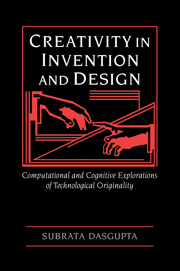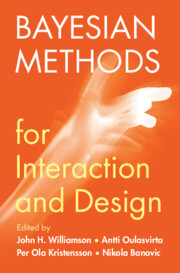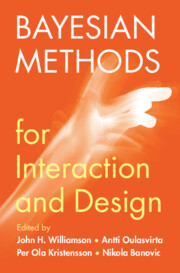Extraordinary Human-Computer Interaction
Computer technology has enormous potential for opening doors for people with disabilities. Extraordinary Human-Computer Interaction describes the current status of the development of this potential, identifies major obstacles to further progress in this field and articulates ways to accelerate progress. It introduces HCI research to rehabilitation engineers and makes known computer developments for disabled people to HCI researchers, thereby integrating two usually separate areas of research.
- Written by international researchers at the forefront of work in this area
- Based on current human-computer interaction practice
- Broad coverage
Reviews & endorsements
' Extraordinary Human-Computer Interaction is one of the few well-edited, well-written texts in this area.' Stella O'Brien, Ability
Product details
October 1995Hardback
9780521434133
407 pages
260 × 186 × 32 mm
1.084kg
3 b/w illus.
Unavailable - out of print February 2000
Table of Contents
- 1. Extraordinary human-computer interaction Alan F. Newell
- 2. Usable systems for special people Harold Thimbleby
- 3. Modelling and analysis of dyslexic writing using speech and other modalities Jerome Elkind and Jeff Shrager
- 4. Predictive interfaces: what will they think of next? Saul Greenberg, John J. Darragh, David Maulsby and Ian H. Witten
- 5. Intelligent systems for speech and language impaired people: a portfolio of research Alan F. Newell, John L. Arnott, Alistair Y. Cairns, Ian W. Ricketts and Peter Gregor
- 6. Giving candy to children: user-tailored gesture input driving an articulator-based speech synthesizer Randy Pausch and Ronald D. Williams
- 7. An evaluation of the PRC Touch Talker with Minspeak: some lessons for speech prosthesis design Gary W. Strong
- 8. Interfacing online services, alternative inputs and redundant displays Norman Coombs
- 9. Producing a text-to-speech synthesizer for use by blind people Paul Blenkhorn
- 10. Reading and pointing - new interaction methods for braille displays Gerhard Weber
- 11. Metaphors for non-visual computing Elizabeth D. Mynatt and W. Keith Edwards
- 12. Multiple modalities in adapted interfaces Alistair D. N. Edwards, Ian J. Pitt, Steve A. Brewster and Robert J. Stevens
- 13. A physical skills based strategy for choosing an appropriate interface method Sherry Perdue Casali
- 14. Technology for people with special needs - HCI design issues Kate Howey
- 15. Travel alternatives for mobility impaired people: the surrogate electronic traveller (SET) Robert C. Williges and Beverly H. Williges
- 16. Input and integration: enabling technologies for disabled users Robin Shaw, Anne Loomis and E. Crisman
- 17. Resources Alistair D. N. Edwards and Rex Hancock.






